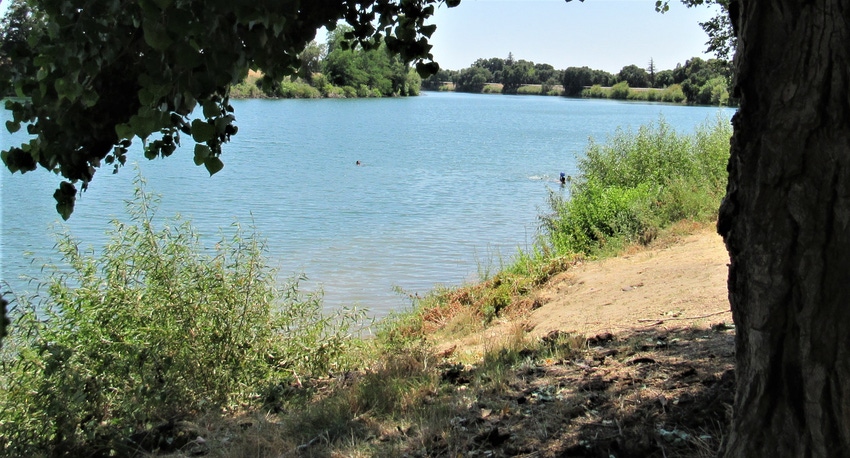March 31, 2022

A water-saving plan unveiled this week by California and federal officials would result in about 35,000 acres of Central Valley rice ground being left idle, a wire service is reporting.
The plan is part of a larger agreement signed March 29 that send an extra 824,000 acre-feet of fresh water through the Sacramento-San Joaquin River Delta to protect water quality, according to The Associated Press. An acre-foot is enough water to serve an average household for a year.
Setting aside 35,000 acres would represent about 6% of the normal annual crop, the California Rice Commission told AP.
Related: Water availability, regs spur farmland value chasm
The agreement comes as the West is in its third year of severe drought, which will force many California growers to go without surface water allocations this year.
It also follows a bill signed by Gov. Gavin Newsom last year that provides funding to "repurpose" farmland that can no longer be irrigated because of groundwater conservation. Much of that farmland is in the southern San Joaquin Valley.
Rep. Jim Costa, D-Calif., said this week's overall agreement between state and federal agencies and some valley water districts will provide a new framework to manage California’s complex water system through collaborative, science-based solutions to address the state’s greatest water supply and environmental challenges.
"This new water framework is long overdue and will provide the much-needed flexibility for state and federal water managers to respond to conditions in real time," he said in a statement. "Sadly, California and Western states face another year of extreme drought. There are multiple causes for our water shortages, but we know with climate change this is the new normal. This agreement updates California’s approach to allocate water effectively with the challenges ahead.
“But this is only a first step," he said. "We must invest state and federal dollars to increase our water efficiency and supply. Otherwise, we will never fully address our over-drafted groundwater, which is critical to sustainability of California’s agricultural production and to providing clean drinking water to our rural communities."
About the Author(s)
You May Also Like






